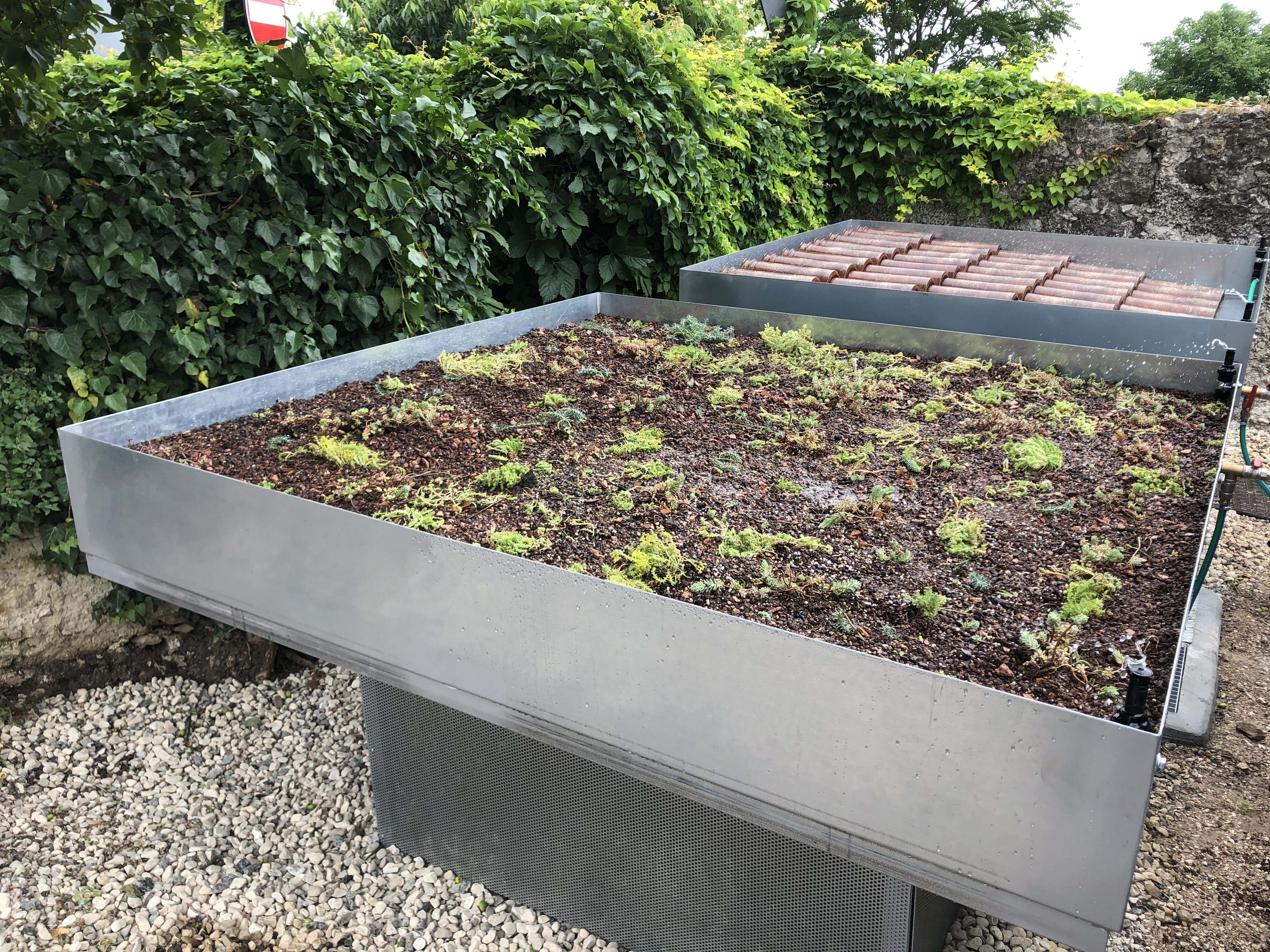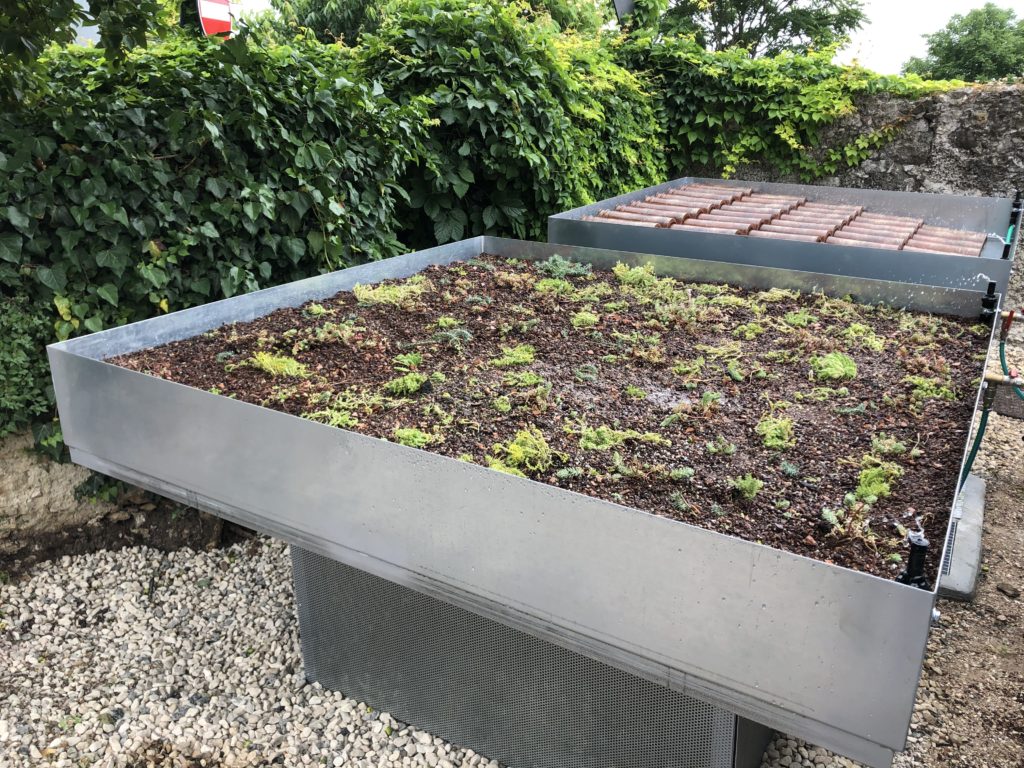
03 Oct 2021 NATURAL WATER RETENTION MEASURES FOR HYDRAULIC RISK MITIGATION: What are green roofs?
Natural Water Retention Measures are interventions, generally of small size and limited cost, which are adopted to ensure sustainable management of the water resource, helping to reduce the hydraulic risk in a anthropized environment.
The LIFE BEWARE project aims at implementing a strategy of adaptation to climate change and to the risk of floods in urban and rural areas, through the active involvement of local communities. To this purpose, the project promotes the adoption of Natural Water Retention Measures (NWRMs) with technical and demonstrative value, for hydraulic safety and good management of water resources in urban and agricultural areas. This article explores one of the measures that can be implemented to reduce the impact of buildings on rainfall runoff production, increase the thermal insulation of buildings, reduce energy consumption, increase the aesthetic value of urban areas, contribute to the biodiversity increase and the reduction of the heat island effect, mitigating air and noise pollution.
Green roofs
Green roofs are multi-layered green structures built on flat or inclined roofs of buildings or other infrastructures (canopies, garages, shelters). Two principal designs can be distinguished:
-
Intensive green roofs: when people can access them directly as if it were a normal garden; the structure has a higher thickness since they are built to accommodate a wide variety of herbaceous and shrub species and even small trees, as well as other items to make the area welcoming and aesthetically pleasing.
-
Extensive green roofs: these are not accessible and small plants are grown on their surface, generally herbaceous and ground cover plants; they are characterised by a lower structural weight and require low maintenance; these are solutions that favour functionality over aesthetics, suitable for installation on hard-to-reach or sloping surfaces.
Main elements: The green roof system is composed of a series of layers that allow it to function properly without compromising the function of the building’s roof. The main layers are the load-bearing element, the water-tightness layer, the root protection layer (integrated or not), the mechanical protection element, the rainwater storage and drainage layer, the filtering separation element, the growing substrate and, finally, the vegetation. There are many specialised companies that install this type of roofing, and there are also “pre-packaged” green roof modules available on the market that can facilitate installation operations.
Maintenance: Extensive green roofs require very little maintenance; exceptionally, it may be necessary to cut back vegetation, remove weeds or replace dead plants. Intensive green roofs, on the other hand, require the maintenance operations of any garden, such as maintenance and cutting of plants, cleaning and disposal of dry leaves, removal of weeds, fertilisation, and watering of the substrate. Occasionally, cleaning of drains may be necessary.
Association: often combined with rainwater collection tanks (which can provide water for green roof irrigation during the summer period), or drainage wells.
Costs: Approximately between 80 €/m2 (extensive green roofs) and 300 €/m2 (intensive green roofs).



Sorry, the comment form is closed at this time.